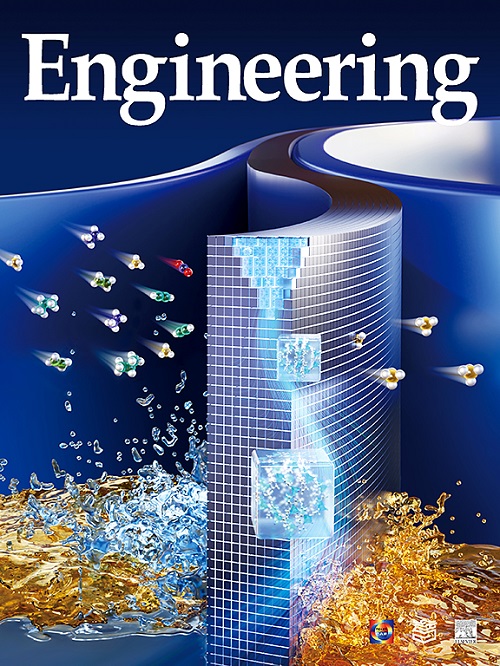Crack-Net: A Deep Learning Approach to Predict Crack Propagation and Stress–Strain Curves in Particulate Composites
IF 11.6
1区 工程技术
Q1 ENGINEERING, MULTIDISCIPLINARY
引用次数: 0
Abstract
Computational solid mechanics has become an indispensable approach in engineering, and numerical investigation of fracturing in composites is essential, as composites are widely used in structural applications. Crack evolution in composites is the path to elucidating the relationship between microstructures and fracture performance, but crack-based finite-element methods are computationally expensive and time-consuming, which limits their application in computation-intensive scenarios. Consequently, this study proposes a deep learning framework called Crack-Net for instant prediction of the dynamic crack growth process, as well as its strain–stress curve. Specifically, Crack-Net introduces an implicit constraint technique, which incorporates the relationship between crack evolution and stress response into the network architecture. This technique substantially reduces data requirements while improving predictive accuracy. The transfer learning technique enables Crack-Net to handle composite materials with reinforcements of different strengths. Trained on high-accuracy fracture development datasets from phase field simulations, the proposed framework is capable of tackling intricate scenarios, involving materials with diverse interfaces, varying initial conditions, and the intricate elastoplastic fracture process. The proposed Crack-Net holds great promise for practical applications in engineering and materials science, in which accurate and efficient fracture prediction is crucial for optimizing material performance and microstructural design.
裂纹网:预测颗粒复合材料裂纹扩展和应力-应变曲线的深度学习方法
计算固体力学已成为工程中不可缺少的方法,随着复合材料在结构应用中的广泛应用,数值研究复合材料的破裂是必不可少的。复合材料的裂纹演化是阐明微观组织与断裂性能之间关系的途径,但基于裂纹的有限元方法计算成本高且耗时长,限制了其在计算密集型场景中的应用。因此,本研究提出了一种称为crack - net的深度学习框架,用于即时预测动态裂纹扩展过程及其应变-应力曲线。具体来说,crack - net引入了一种隐式约束技术,将裂缝演化和应力响应之间的关系纳入网络架构。这种技术大大减少了数据需求,同时提高了预测的准确性。迁移学习技术使裂纹网能够处理具有不同强度增强的复合材料。基于相场模拟的高精度裂缝发育数据集,该框架能够处理复杂的场景,包括具有不同界面的材料、不同的初始条件和复杂的弹塑性断裂过程。在工程和材料科学中,准确有效的断裂预测对于优化材料性能和微结构设计至关重要,因此提出的裂纹网在实际应用中具有很大的前景。
本文章由计算机程序翻译,如有差异,请以英文原文为准。
求助全文
约1分钟内获得全文
求助全文
来源期刊

Engineering
Environmental Science-Environmental Engineering
自引率
1.60%
发文量
335
审稿时长
35 days
期刊介绍:
Engineering, an international open-access journal initiated by the Chinese Academy of Engineering (CAE) in 2015, serves as a distinguished platform for disseminating cutting-edge advancements in engineering R&D, sharing major research outputs, and highlighting key achievements worldwide. The journal's objectives encompass reporting progress in engineering science, fostering discussions on hot topics, addressing areas of interest, challenges, and prospects in engineering development, while considering human and environmental well-being and ethics in engineering. It aims to inspire breakthroughs and innovations with profound economic and social significance, propelling them to advanced international standards and transforming them into a new productive force. Ultimately, this endeavor seeks to bring about positive changes globally, benefit humanity, and shape a new future.
 求助内容:
求助内容: 应助结果提醒方式:
应助结果提醒方式:


